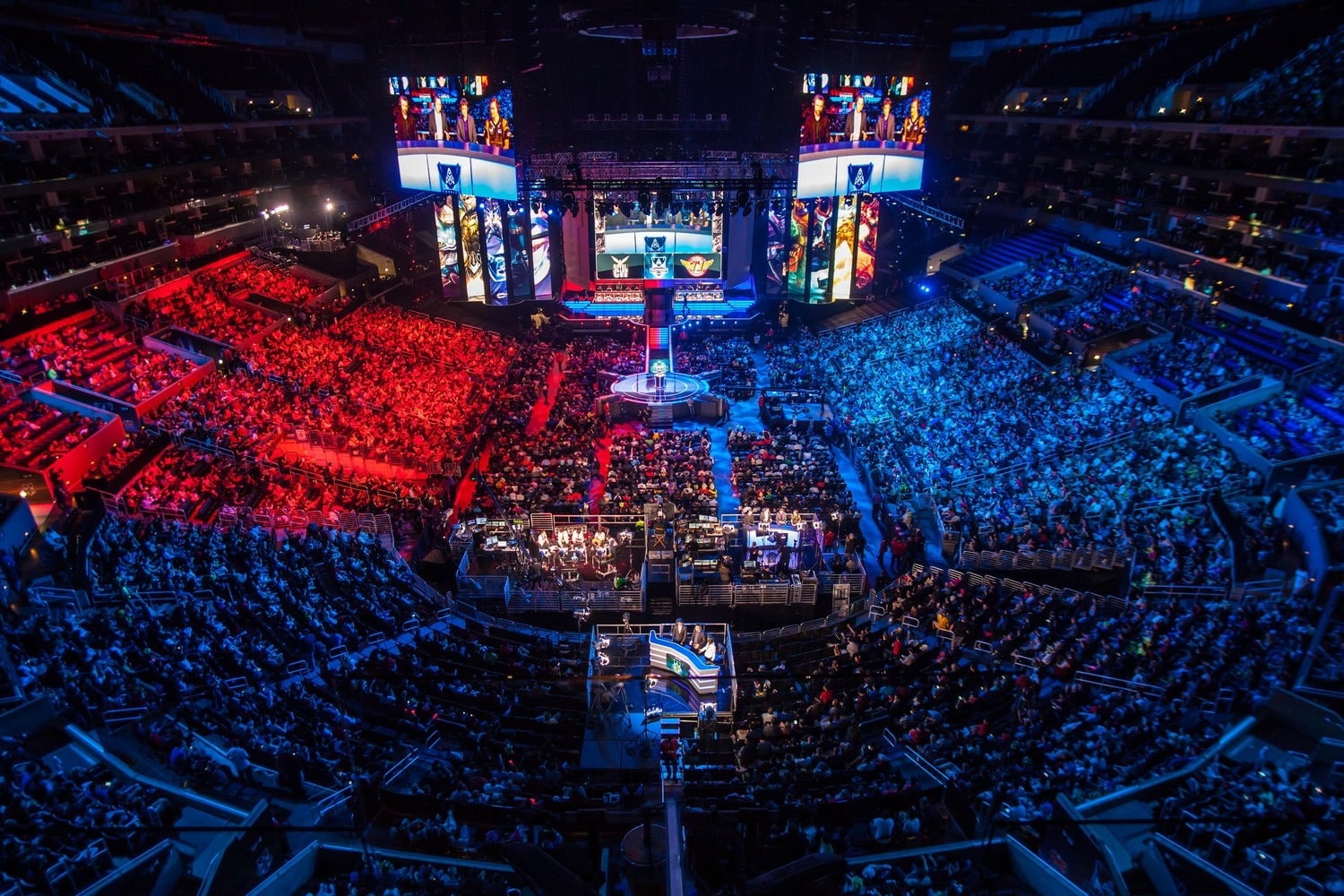The video game industry has grown tremendously in the 21st century, as roughly 2.2 billion people now play video games worldwide. Yet out of the 195 million American gamers, only 45 percent of them are women. The percentage of women in esports is far lower; only 15 percent of professional players across the world identify as female. Maddy Myers, a gamer, journalist, and managing editor for Kotaku, a video game website, explained the gender disparity at tournaments in an open discussion article for Kotaku; “I mean like… there’s maybe five to ten women competing at a local tournament of 300-500 people now instead of just two.”

There are many obstacles for women trying to enter the world of gaming and esports.
Harassment targeted towards women, whether sexual or verbal, is pervasive in gaming. A glance into an unmoderated chat room during a stream will reveal just how many people make sexual advances and direct insults toward female gamers. The hostile environment remains outside of streaming as well, where one’s appearance isn’t visible for everyone to see. In team-based games, communication is vital, and the most efficient way of communication is an in-game voice chat. However, even using voice chat to communicate with random online teammates often comes with consequences for women. “The second they realize I’m a woman, I no longer have power,” Briah Luther, a 35-year old female gamer, explained in an interview with The Denver Post. When teammates ask Luther to play certain characters or roles, she receives insults. “You want me to do this, and you’re going to harass me for it?” she said. Harassment is “definitely something that we face.”
Brittany Gentle is one of the best women players in SMITE, a multiplayer fighting game. When she was still rising in the SMITE community, she hid her gender when playing. When she finally used a webcam and a microphone, her environment shifted completely. “When people find out you’re a woman, they automatically judge you . . . I don’t think women get a fair chance to just play and let it be organic.”
As females rise from local gaming to the scene of esports, harassment becomes more public and prevalent. Lydia Picknell became the coach for the professional SMITE team, Renegades of Hell, in 2015. Their performance improved rapidly with their new coach; however, the toxicity aimed towards Picknell and Renegades of Hell increased immensely. Live streams were bombarded with misogynistic insults; the toxicity came from other professional players as well. A successful South American player repeatedly sent Picknell sexual messages on social media. After she blocked him, he left aggressive comments on her blog. Picknell chose not to reveal the player’s name publicly, but the league organizers warned him and his team according to Polygon, a video game website. Picknell became assistant manager for team Paradigm after Renegades of Hell was bought out, which left her out of the spotlight and gave her the opportunity to build a team without the frequent harassment.
The esport industry’s immediate solution to combatting the toxic and hostile environment is to separate males from females in competitive tournaments. Dividing sports based on gender is a common practice. Almost all sports on TV and many at Lick itself are all-male or all-female. The male and female bodies are biologically structured differently, leading to the reasons for which genders are separated in active sports.
However, in esports, where reaction time, awareness, strategic thinking, and hand-eye coordination are the primary skills, gender does not matter. Males and females can perform at the same level in competitive gaming, so why should esports separate their various leagues?
The primary argument for separating events and teams based on gender is to improve the environment. In an interview with Polygon, Matt Weber, the director for Team Liquid, one of the largest North American teams in multiple video games, believes gender segregation can help minimize toxic environments. “In general, I think women-only leagues are a positive thing, gaming competition is an insanely male-dominated world, and it’s hilariously daunting and unforgiving to women for a variety of reasons both socially and game wise.”
Competitions that are segregated by gender also provide female professional gamers with experience, since an all-female team is more likely to sign a female than a male-dominated team. Female-only leagues also help shine a spotlight on skilled esports players. The highlighting opportunity is not only to the player, but the viewers as well. “At this point in time, these tournaments allow players and audiences to find role models they can relate to,” Stephanie Harvey one of the most popular female CSGO players, explained in an interview from The Next Web. “And so it is important for the community for female teams to still exist right now.”
However, gender segregation in esports comes with a load of difficulties that are hard to look past. A problem many players have with segregating genders is the issue of reintegrating females back into male leagues. With no clear path for women to come back into a male-dominated league, the issue of gender-segregated leagues becoming permanent remains.
There are also fewer female teams and players which brings the problem of players stuck playing the same teams and not gaining any new experience or skill. Women already receive less sponsorship, and all-female tournaments tend to have significantly less prize money. The highest prize pool for a female tournament was $170,000 for the CSGO World Electronic Sports Games 2017 tournament. The highest prize pool in esports history was $25 million for the 2018 Dota 2 International Tournament. Having women only competing in these female-only tournaments will restrict them to lower pay and prizes until the industry raises the prize pool. The very act of splitting the leagues—where the men receive higher-pay and more recognition—could send the message that men and women have inherently different skill-levels in the first place. One of the most significant issues is that no matter how many players or teams a woman may beat, all her wins will come with a red flag reminding her that she is not the best until she beats everyone, not just those of the same gender. That red flag doesn’t exist in all-male tournaments where the winners are assumed to be the best.
Video game companies can also play a role in diversifying their player base and fighting toxicity. Hi-Rez Studios, the developers of SMITE, have made multiple efforts at creating a friendly and diverse esports environment. In 2016, Hi-Rez President Stew Chisam created a forum asking for advice on how Hi-Rez could further diversify their common player base. Though their professional player base only has two women currently, they don’t believe in gender segregation. “Our goal isn’t to segregate competition to be male and female. Instead, we seek to showcase talent. It doesn’t matter where you come from, who you are, or what gender you are. If you have the skills, we want to see you,” stated Steven Cooper, esports league manager for SMITE. “I feel that a segregated league would be hurtful. One of the advantages of esports compared to traditional sports is that women can and do indeed compete alongside men.”
The esports industry faces a complex dilemma in how to include women and create an approachable environment. Segregating based on gender might bring a friendlier environment, but with no biological reason and no system of reintegration, many disagree with the idea of segregation. It’s clear that the growing esports industry needs to make some changes.







